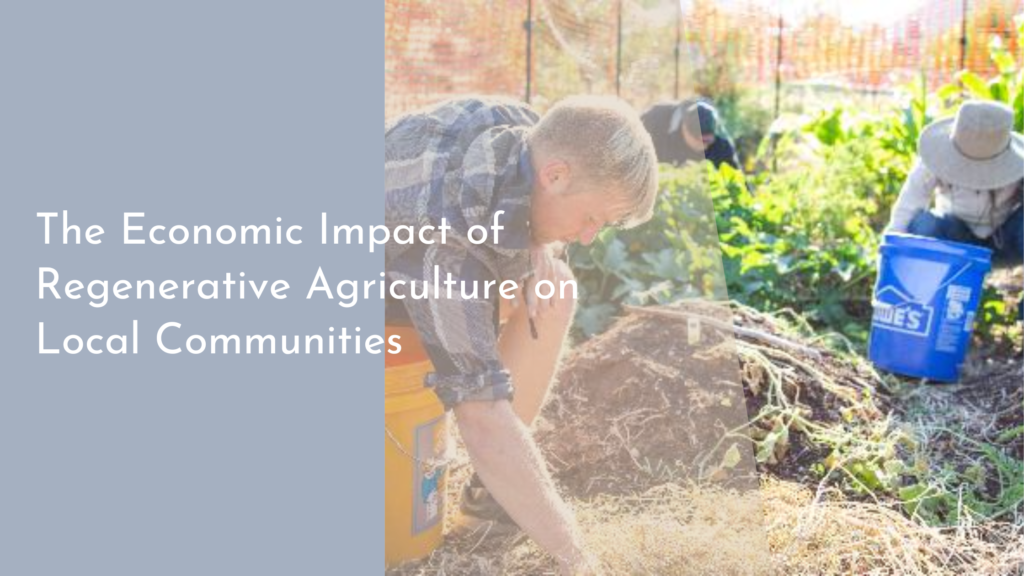Eco-Friendly Rainwater Harvesting Materials and Designs
As climate change continues to challenge our water resources, eco-friendly rainwater harvesting systems present a sustainable solution that benefits both the environment and homeowners. By collecting and utilizing rainwater, you can reduce your reliance on municipal water supplies, decrease your water bills, and contribute to the preservation of this precious resource. More than just a trendy home improvement, installing a rainwater harvesting system can transform your landscape and reduce runoff while promoting biodiversity.
In this article, we will delve into the benefits of eco-friendly rainwater systems, explore essential materials needed for sustainable collection, discuss creative designs to maximize your collection efficiency, and share tips for maintaining your setup. By understanding these elements, you can embark on a journey toward a greener lifestyle while enjoying the perks of rainwater harvesting. So, let’s dive in!
Discover the Benefits of Eco-Friendly Rainwater Systems
One of the primary advantages of eco-friendly rainwater harvesting systems is their positive impact on the environment. By collecting rainwater, homeowners can significantly reduce water runoff, which can lead to soil erosion and the pollution of local waterways. This practice not only supports local ecosystems but also helps to recharge groundwater supplies, making it a win-win for both nature and communities. Additionally, using rainwater for irrigation reduces the strain on municipal water systems, especially during peak usage seasons.
Furthermore, rainwater harvesting systems can lead to a substantial reduction in water bills. Whether you’re using stored rainwater for irrigation, flushing toilets, or even washing clothes, you’ll see a drop in your reliance on treated water. With the right setup, many homeowners report a significant decrease in their monthly utility costs, making rainwater harvesting a financially savvy option as well. Embracing this eco-friendly approach allows you to care for the planet while also benefiting your wallet.
Essential Materials for Sustainable Rainwater Harvesting
When setting up a rainwater harvesting system, selecting eco-friendly materials is crucial. A quality rain barrel or tank made from recycled materials can be an excellent choice. These barrels should be designed to filter and store rainwater safely, ensuring that contaminants are minimized. Look for barrels with UV-resistant coatings and sealed lids to prevent mosquito breeding and algae growth. Additionally, consider using screen filters to capture debris, ensuring your water remains clean and suitable for various uses.
Another essential component is the gutter system. Opt for downspouts made from recycled metals or PVC, which will not only last longer but also require less maintenance. It’s also beneficial to include diverters that can redirect excess water away from your foundation and into your rainwater collection system. By choosing sustainable materials, you not only enhance the longevity of your system but also contribute to a circular economy that reduces waste.
Creative Designs to Maximize Your Rainwater Collection
The design of your rainwater harvesting system can greatly influence its efficiency. A popular approach is to integrate a series of interconnected rain barrels positioned under your downspouts, allowing for maximum collection during rain events. You can also create a rain garden that utilizes the collected water for irrigation while simultaneously promoting biodiversity. By strategically placing plants that thrive on excess water, you can create a beautiful landscape that provides habitat for local wildlife.
For those with more space, consider installing a larger cistern or tank that can be buried underground. This not only conserves space in your yard but also keeps the collected rainwater cool and reduces algae growth. Adding features like drip irrigation systems connected to your collection tank can optimize water usage by delivering moisture directly to plant roots. With innovative designs, you can transform your rainwater system into an integral part of your garden while maximizing its functionality.
Tips for Maintaining Your Eco-Friendly Rainwater Setup
Maintaining your rainwater harvesting system is essential for ensuring its longevity and effectiveness. Regularly inspect your gutters and downspouts for debris buildup, as clogs can significantly reduce the amount of rainwater collected. Cleaning your rain barrels and cisterns at least twice a year will help prevent algae growth and ensure the water remains clean. It’s also vital to check for leaks in your system, as even small drips can lead to loss of valuable resources.
In addition to routine inspections, consider implementing a seasonal maintenance schedule. This can include winterizing your system to prevent freezing or incorporating a first-flush diverter that discards the initial runoff from the first rain, which may contain contaminants. Keeping detailed records of your maintenance actions can help identify patterns or potential issues early on, ensuring that your eco-friendly rainwater harvesting system operates smoothly for years to come.
Embracing eco-friendly rainwater harvesting systems is a delightful way to contribute to sustainability while enjoying the benefits of reduced water bills and a thriving garden. By choosing the right materials, designing your system creatively, and maintaining it regularly, you can create a beautiful, functional, and environmentally friendly setup. So, roll up your sleeves and get started on this rewarding journey—your garden and the planet will thank you!

